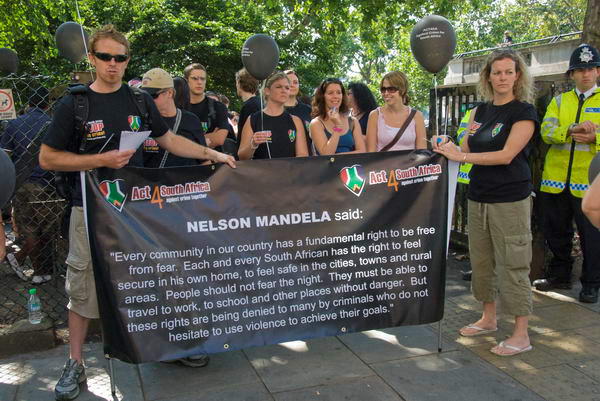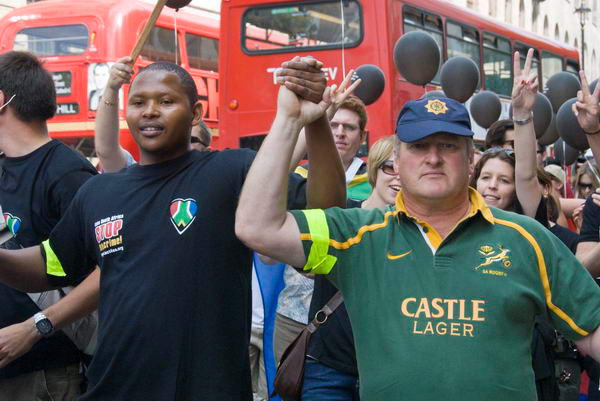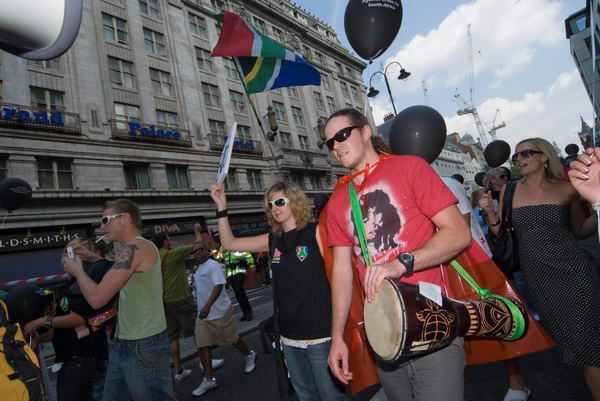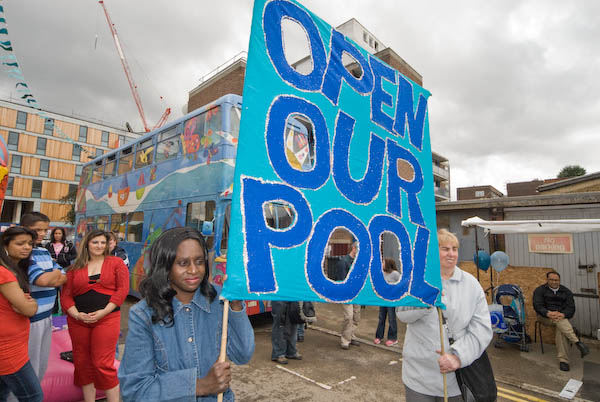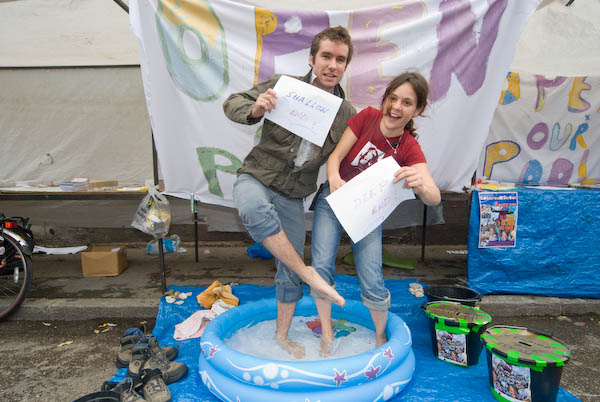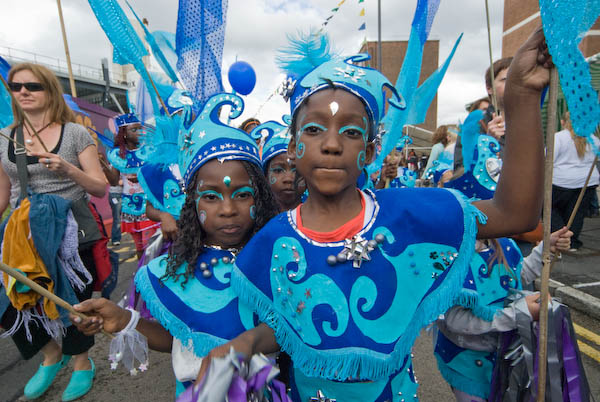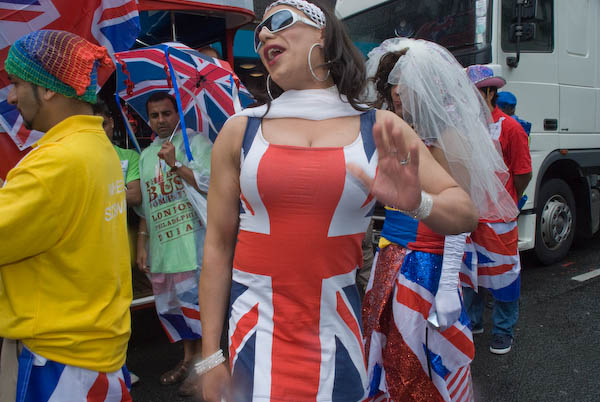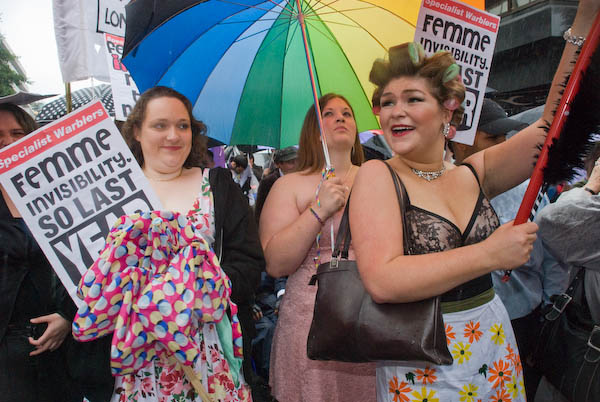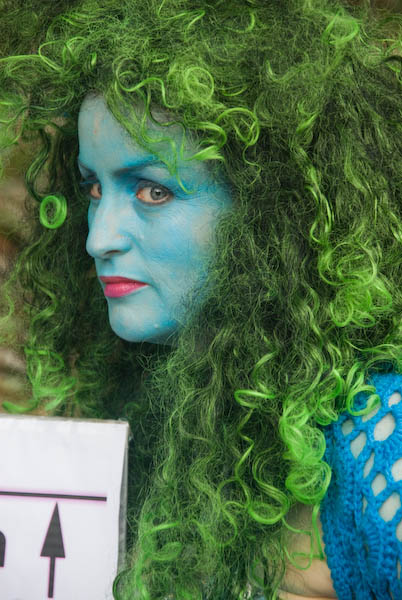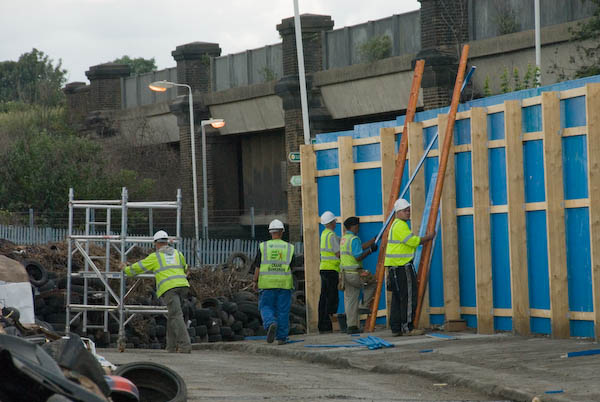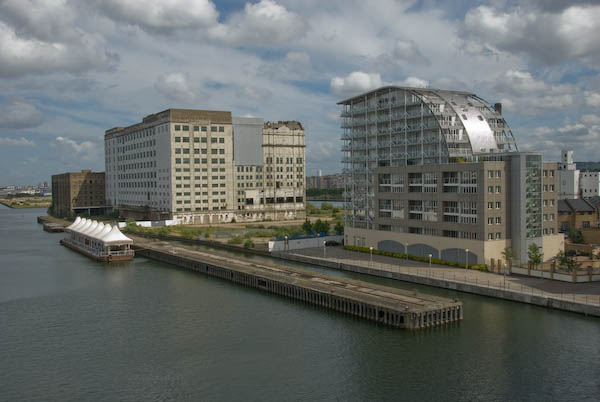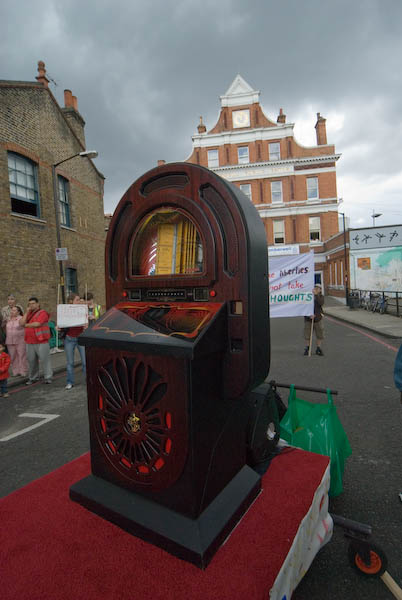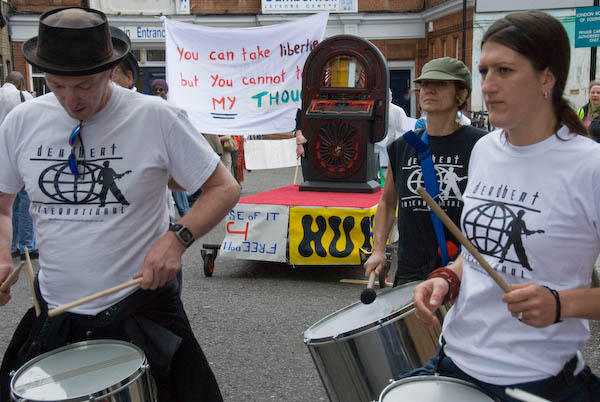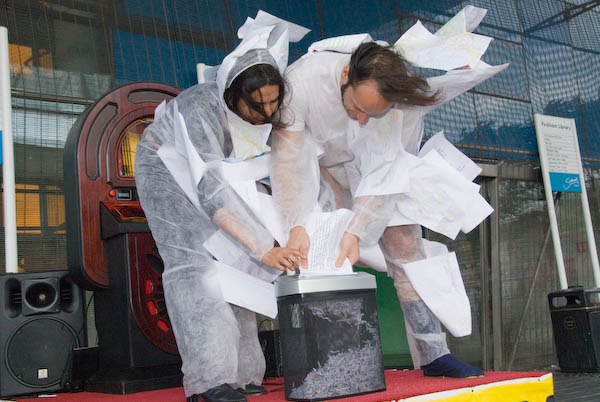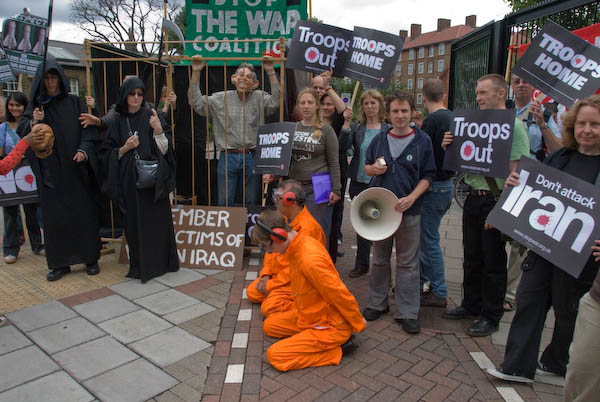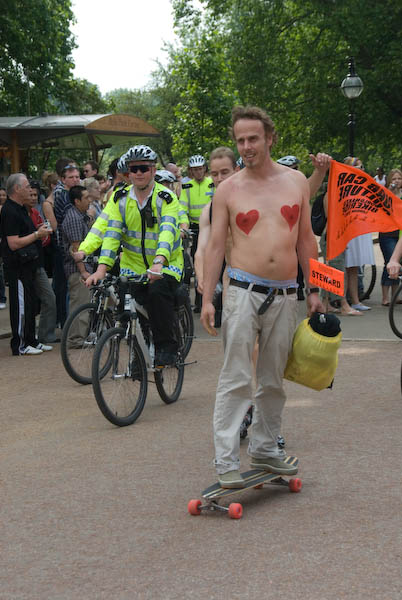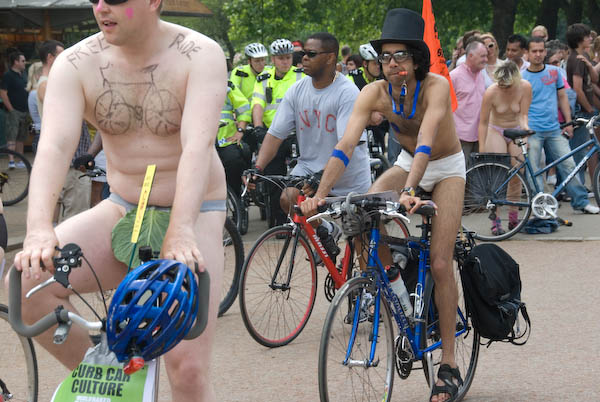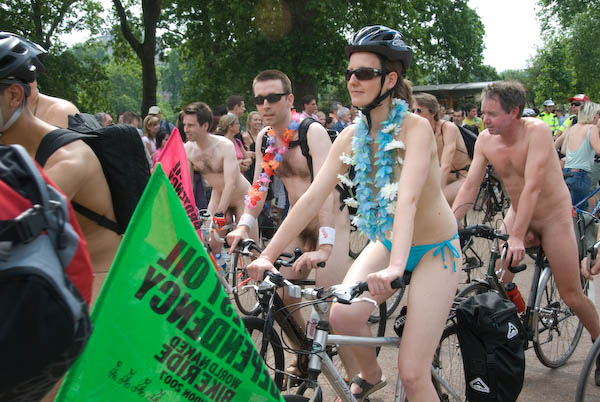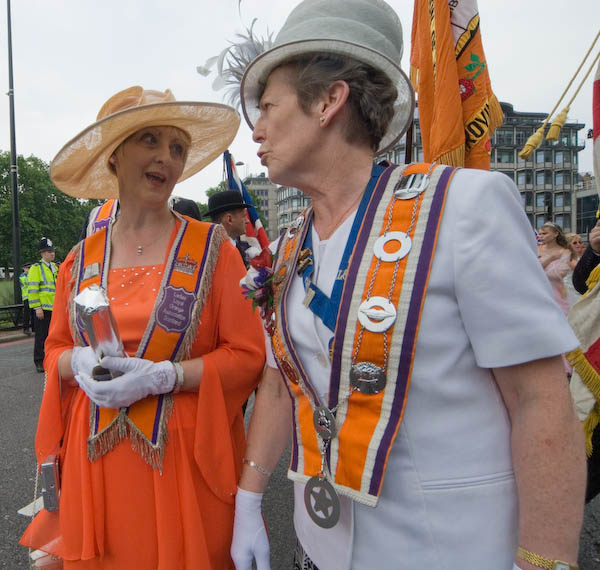This morning I rode to Southall on my push bike, the 1957 vintage Cinelli that was my best birthday present ever when I was 13. It was a real racer, and had spent the previous season being pounded over the cobbles of Europe by a guy who got himself a new road machine every year.
Now, like me, its a lot older and in a pretty sorry state. Wheels almost twice as thick and tyres several times fatter when I got fed up with mending punctures in thin racing tubulars and indignities such as a carrier and pannier, not to mention rust, scratches, some rather careless paint jobs and a ton of greasy hardened on dirt.
It still rides fairly well and gets me places, but is the kind of bike you can leave on the street almost anywhere and expect to find it there when you come back. I do usually lock it, but more for my own peace of mind rather than thinking that anyone might otherwise take it away.
Cycling through light rain along the edge of the airport at Hatton Cross I saw two police standing in the refuge at the cross-roads. I think they only bothered to stop me because they were bored – there were really very few people around at half past ten on a wet Sunday morning.
Are you going to join the climate camp I was asked, and I replied no, I was on my way to Southall to photograph a religious procession. And since I carry a UK Press Card, supposedly recognised by “The Association of Chief Police Officers of England, Wales and Nothern Ireland etc” I got it out to show them. I thought that should have been enough, but they decided to go through the whole business of taking my details and searching my bags etc.
The two officers were at all times polite – and we had a reasonable and pleasant enough conversation, and it relieved their boredom a little, while only holding me up for around five minutes. But I don’t like the process and it seems like something from the kind of police state I don’t really relish living in. It also seems to make a mockery of the Press Card, which should serve to identify me and gain the cooperation of the police.

After I’d been to Southall, I had to cycle back past the airport again, and this time went along the A4 which runs along the north side of Heathrow. Parts of it were swarming with police, and I did photograph a few of the demonstrators (and a proud mother.) I was pleased to see them too – it really is time that we got rid of Heathrow, built by deception in the wrong place 60 or so years ago.
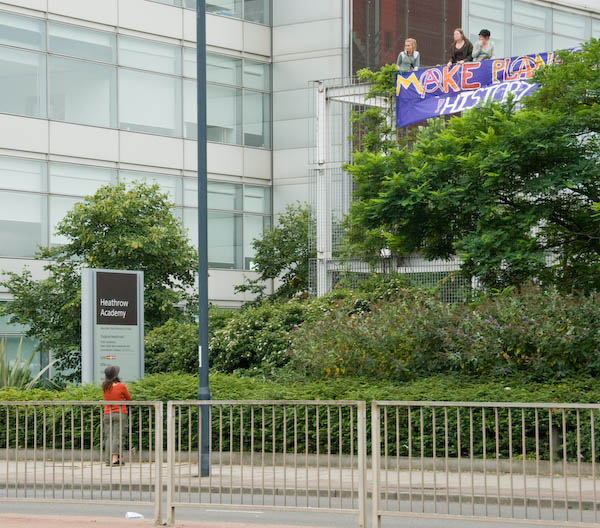
A little further on a stand-off was developing around some BA offices, but things didn’t look promising for the demonstrators. The place was buzzing with photographers and film crews and I decided I wasn’t going to get anything different to the crowd, so I moved off down the road to see if anything else was happening. I met a few more small groups of demonstrators coming along the road:
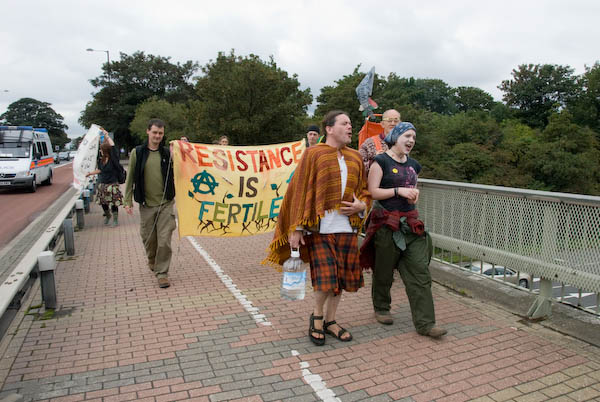
each group accompanied by a police van. The police were for some reason making a big fuss of photographing the clown army. They still haven’t learnt that the best tactic with clowns is to ignore them – unless they actually commit a crime.
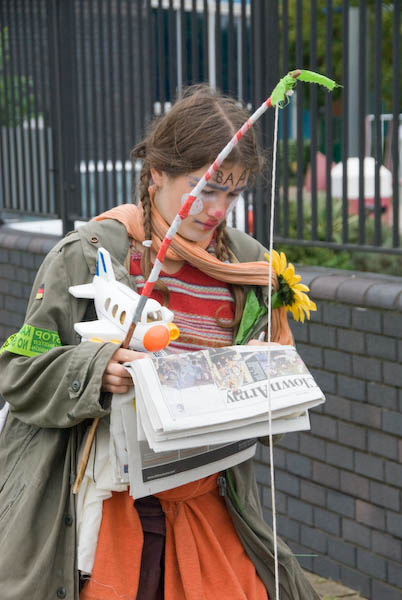
I’d seen enough to be fairly sure that nothing much was likely to happen along the A4, and I checked out BA’s Waterside HQ. There they had police horses and a lot of guys in their black fighting gear wandering around the grounds with absolutely nothing to do. I didn’t stop to give them another chance to harass a photographer.
I couldn’t be bothered to try the other side of the airport, where more might be happening (it was, as I later heard on the news), and came home.
There will be a few more pictures from Heathrow on My London Diary shortly. And some rather more interesting images from Southall.
